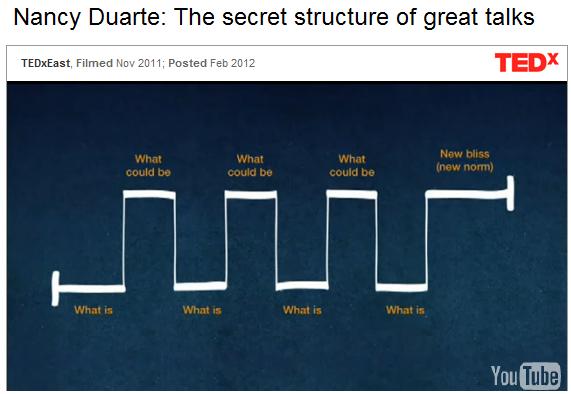Reactivity is a phenomenon that occurs when a subject’s performance changes because he knows his performance is being evaluated. As an educator, I am interested in the effect of reactivity on standardized test performance. In particular, my interest centers on the effect this may have on the persisting difference in test scores between between white and black students in America. Evidence suggests that a particular type of reactivity called stereotype threat may be a contributing factor.
Professor Jeff Stone, a social psychologist at the University of Arizona, studies stereotype threat. In one experiment, three groups made a series of identical golf puts. But each group was told a different characteristic was being measured: Group 1 was told “sports psycology”; group 2 was told the round would measure “natural athletic ability”; group 3 was told “sports intelligence”. The researchers were not measuring these characteristics. They were looking for correlations between race of the subject, common racial stereotypes, and effects on the subject’s performance. The researchers found the following: being told what was being measured had a statistically significant effect on performance.
- Group 1: control group. The term “sports psychology” was chosen because it had no bearing on stereotypes. No measured effect on performance between white and blacks subjects.
- Group 2: “natural athletic ability”. Black subjects’ performance was measurably than white subjects.
- Group 3: “sports intelligence”. White subjects’ performance was measurably better than black subjects.
The data showed a correlation between a subject’s race, stereotype of that race, and performance when the subject believed stereotyped characteristic was being tested for. In other words, individual performance on this test regardless of actual ability, improved or declined based on racial stereotype, even if it was a negative result. Many other studies reach similar conclusions.
Despite the strong possibility that stereotype threat is affecting childrens’ test scores in every state, lawmakers and administrators use standardized tests to make decisions every day. Decisions that affect children’s beliefs about themselves, about school funding, and applying to college. White/black race relations are inextricably woven into the fabric of American culture and history. As Roger Wilkins said to me in 2001 after a talk he gave at NVCC, “The problem is 400 years old. Is 40 years [referring to civil rights movement] enough to fix it”? So while we may not have a short-term solution to the achievement gap, we shouldn’t exacerbate it by making decisions based on invalid test results.


